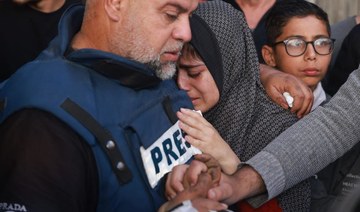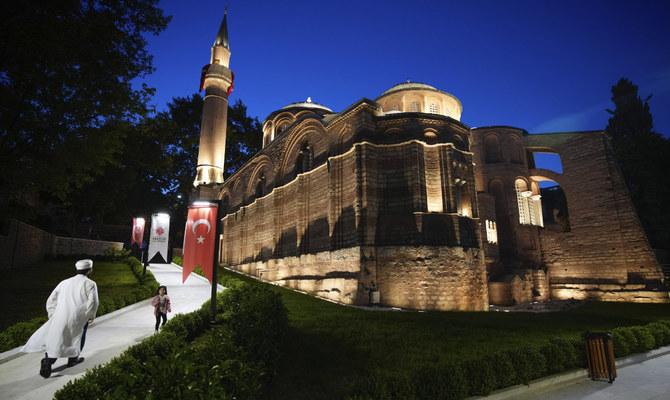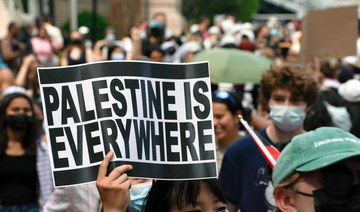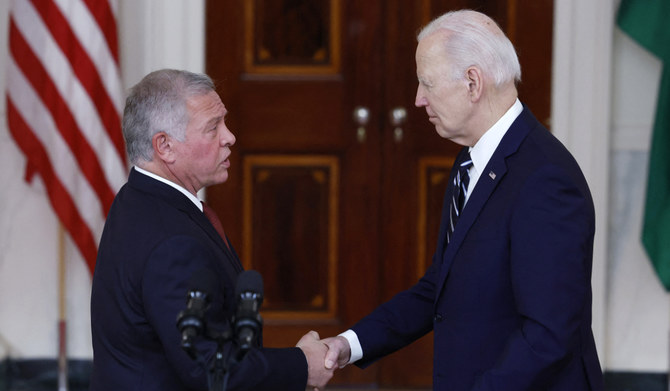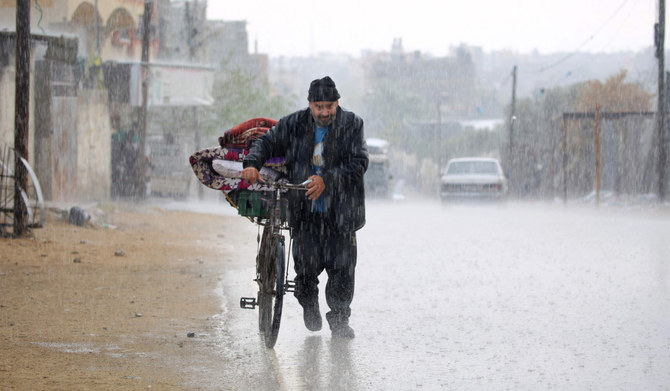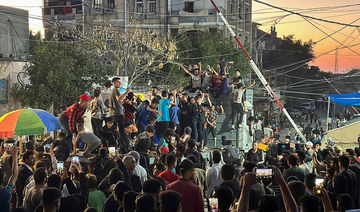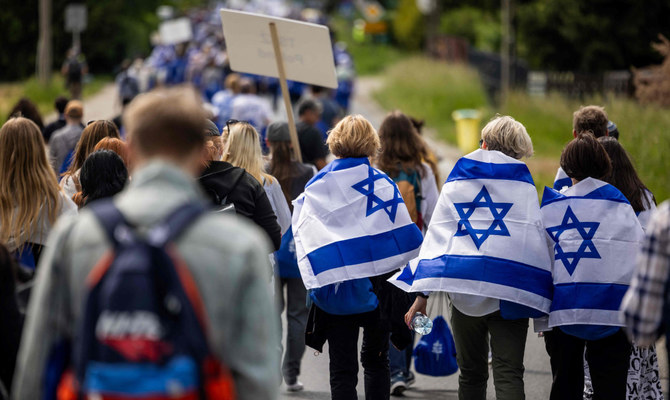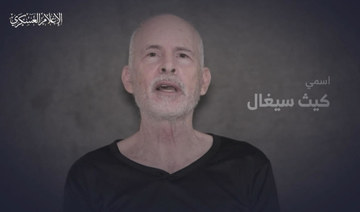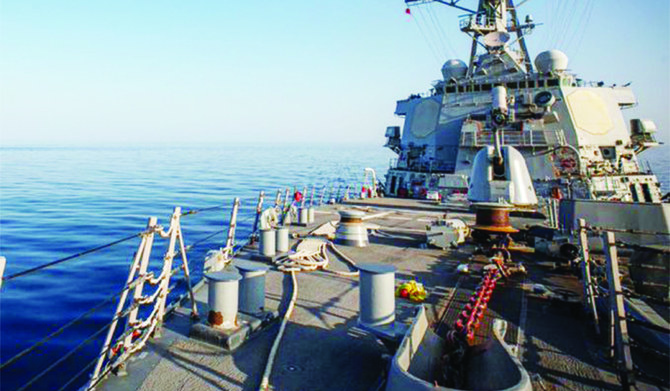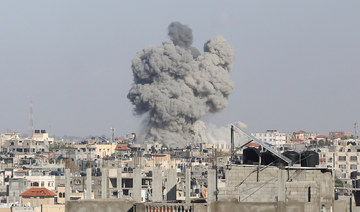RIYADH: Suspected Israeli strikes struck a military building adjacent to the Iranian embassy in Syria on Monday, Al Arabiya reported citing sources.
The Iranian Revolutionary Guards confirmed that seven of its members, including two senior officers, had been killed, ramping up regional tensions over Israel’s military campaign in Gaza.
Iran’s ambassador to Syria said the strike hit a consular building in the embassy compound and that his residence was on the top two floors.
But the Arab broadcaster said the raid did not target the Iranian embassy in Damascus, but rather a military headquarters adjacent to it.
“We strongly condemn this atrocious terrorist attack that targeted the Iranian consulate building in Damascus and killed a number of innocents,” said Syrian Foreign Minister Faisal Mekdad who was seen at the site along with Syria’s interior minister.
Syrian state media said Israel launched an attack from the occupied Golan Heights targeting Mezzeh, some of which were shot down by Syria’s air defense systems.
Israel has long targeted Iran’s military installations in Syria and those of its proxies, but Monday’s attack was the first time Israel hit the vast embassy compound itself.
Muslim nations including Iraq, Jordan, Oman, Pakistan, Qatar, Saudi Arabia and the United Arab Emirates also condemned the attack, as did Russia.
It has ramped up those strikes in parallel with its campaign against Iran-backed Palestinian group Hamas, which ignited the Gaza war with an Oct. 7 attack on Israel that killed about 1,200 people and took 253 hostage, according to Israeli tallies.
More than 32,000 Palestinians have been killed in Israel’s offensive in Gaza, according to Palestinian health authorities.
Israel’ military has escalated airstrikes in Syria against Iran’s Islamic Revolutionary Guard Corps and the Iranian-backed Lebanese armed group Hezbollah, both of which support Syrian President Bashar Assad.
Iranian media reported that Brig. Gen. Mohammad Reza Zahedi, a commander of the Guards in Syria and Lebanon from 2008-2016, was killed in the Israeli raid, along with Brig. Gen. Mohammad Hadi Hajji Rahimi, a high-ranking officer.
Zahedi commanded the IRGC’s ground forces from 2005-2008, and assumed command of the Tha’ar Allah base while maintaining his position as commander of the Ground Guard Forces between 2005-2006.
He served as the Guards deputy chief of operations from 2016-2019, was one of the middle commanders during the Iran-Iraq War, and assumed command of the 44th Brigade Qamar Bani Hashem from 1983-1986. For a short period in 2005, he commanded the IRGC’s Air Force.
Brig. Gen. Hussein Amir Allah, chief of the general staff of the Revolutionary Guards in Syria and Lebanon, also died in the attack, Al Arabiya reported.
— with input from Al Arabiya, Reuters, and AFP




